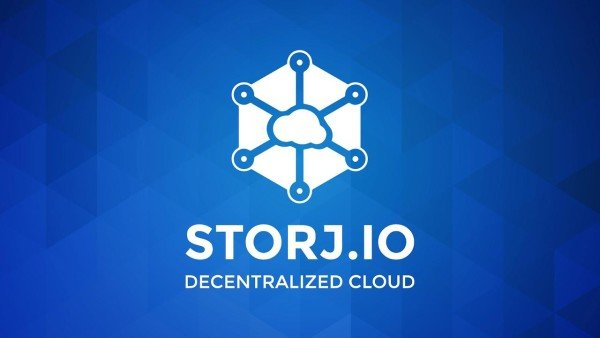Counterparty and distributed storage platform Storj have teamed up to develop off-blockchain “payment channels” similar to the much-anticipated Lightning Networks.

Also read: Stolen ShapeShift Funds on the Move, Passing Through Coinjoin Mixers
Storj & Counterparty Developing ‘Picopayments’
storjPayment channel technology, which allows users to transact instantly and settle on the Bitcoin blockchain at a later stage, will also power upcoming Lightning Networks – designed to make micropayments fast, cheap and commonplace.
This proof-of-concept implementation of a payment channel is called “Picopayments,” and will allow users to transact in Storj’s token SJCX, or other Counterparty-based assets, with other users.
Storj CEO Shawn Wilkinson said:
Payment channels allow for instant, ‘streaming’ payments of SJCX, which is a Counterparty token, in exchange for storage space on our network.
Storj (Storj.io) is an encrypted, distributed storage platform where users can securely store files and even apps in the cloud, with no central servers to attack or censor.
It launched a public beta in April and is now part of Microsoft’s Azure blockchain-as-a-service platform.
Instant Trading with Multiple Assets
Bitcoin.com_Counterparty Logo NewThe Picopayments concept is a stepping stone towards Counterparty’s long-time stated goal, which is to allow bidirectional micropayments for Counterparty assets – that is, sending one asset in return for bitcoin or other Counterparty assets.
Previously, all Counterparty network transactions were settled directly on the bitcoin blockchain, making them subject to the same 10-minute confirmation times.
Other Counterparty-based projects are watching the development of this technology, with a view to implementing it themselves in future.
“Micropayments technology can be a huge benefit to us, allowing us to create new features not possible before,” said Shaban Shaame, CEO of Everdreamsoft, makers of the popular Spells of Genesis game.
Unidirectional vs. Bidirectional
Payment channels allow users to “stream” payments to each other almost instantaneously, avoiding Bitcoin’s 10-minute block confirmation times and transaction fees. At present, however, the technology allows only for “unidirectional” payments – user A can pay user B as normal, but user B cannot pay user A back through the same channel.
Ruben De Vries, Lead Developer Counterparty Core
Ruben De Vries, Lead Developer Counterparty Core
It means, at this stage, one asset can be sent to another user but cannot be swapped for another different asset.
Lightning Networks, which are still under development, are intended to be bidirectional. the Counterparty/Storj system is unidirectional for now, pending further testing.
Storj developer Fabian Barkhau and Counterparty lead developer Ruben de Vries began collaborating a month ago on code to merge into Counterparty’s reference client counterparty-lib. The code will undergo testing on the Bitcoin testnet for a month and, if successful, will be enabled on the Bitcoin mainnet.
“We appreciate the initiative Storj took here,” said de Vries, adding:
This is a huge step forward that will truly allow for rapid, almost frictionless Counterparty token payments, as well as eventual use of Counterparty tokens on the Lightning Network.
Counterparty has published a Payment Channels and Lightning Network FAQ page for developers and other curious parties to find out more.
The Challenge with Micropayments
Bitcoin’s blocks have often been full lately, due to the 1MB block size limit. Together with increases in price, this has seen miner fees escalate to $0.50 or more per transaction.
This diminishes Bitcoin’s utility as a micropayments platform, despite the fact Bitcoin has historically been touted as an enabler of internet commerce at this level. Settling every single micropayment directly on the Bitcoin blockchain is taxing for the network and its resources, and some have discouraged Bitcoin being used for this purpose.
Other solutions therefore need to be developed to fulfill the micropayments promise. Uses for micropayments include: paying journalists, artists and other creators for their content, tipping and upvoting, in-game tokens for games like SoG or SaruTobi, or even for performing internet searches.
Are payment channels and Lightning Networks the answer to bitcoin’s micropayments and fast-transaction problem?
Very good article. Nice to see I'm not the only one who thinks like this. Investing in cryptos is still a risky thing. I was researching a way to find more info about the current cryptocoins on the market. I really advice people to take a look at: https://www.coincheckup.com Every single coin can be analysed here based on: the team, the product, advisors, community, the business and the business model and much more. For example: https://www.coincheckup.com/coins/Counterparty#analysis To see the: Counterparty Detailed report
Downvoting a post can decrease pending rewards and make it less visible. Common reasons:
Submit